Toyota RAV4 Vs Toyota Venza: A Boxy and Practical Crossover, or A Stylish and Luxurious One?
Like many automakers, Toyota is continuing to expand its SUV and crossover offerings so that it can appeal to as many different types of vehicle buyers as possible.
As we write this, Toyota has six distinct utility models in its lineup, and will add a seventh later this year with the first-ever Corolla Cross, a small crossover based on the Corolla compact car.
Today, however, we’re comparing two existing Toyota crossover models that share a lot of technology but are aimed at much different buyers.
One is the Toyota RAV4, a compact SUV that wears one of the most recognizable nameplates in the American auto industry. Now in its fifth generation, the RAV4 offers gasoline, hybrid, and plug-in powertrains to give Toyota shoppers a range of choices for what energy source drives their vehicle.
Get a Quote on a New Toyota RAV4 or VenzaIn this comparison, the RAV4 goes up against the Toyota Venza, a vehicle whose second generation arrived in 2021 after a six-year hiatus. The Venza shares its underpinnings and hybrid powertrain with the RAV4, but wraps it all in a more stylish exterior that makes the Venza a stylish, upscale option in the compact SUV class.
If you’re a fan of Toyota’s SUV efforts but can’t decide between the boxy RAV4 or the swoopy Venza, let us help you choose with this comparison.
Cabin Space
RAV4: RAV4 offers 39.5 inches (1,003 mm) of headroom in the front seats, which shrinks to 37.7 inches (958 mm) with the sunroof. The legroom in the front works out to 41 inches (1,041 mm).
In the RAV4’s second-row seat, passengers get up to 39.5 inches (1,003 mm) of headroom, and benefit from 37.8 inches (960 mm) worth of legroom.
Venza: Toyota measures the Venza’s front-seat headroom at a maximum of 38.6 inches (980 mm) – or 38.1 inches (968 mm) with an optional sunroof – and legroom at 40.9 inches (1,039 mm).
In the rear seat, there’s 39.0 inches (991 mm) of headroom – which shrinks to 36.9 inches (937 mm) under the sunroof – and 37.8 inches (960 mm) of legroom.
Bottom Line: Because the RAV4 and Venza share their underpinnings and ride on the same wheelbase, the two vehicles offer about the same amount of legroom. However, the RAV4 gets the win in this category because its taller roof translates into more generous headroom.
Cargo and Towing
RAV4: Toyota says the standard RAV4 is rated to tow 1,500 lbs (680 kg). The RAV4’s two hybrid models do a little better: the standard RAV4 Hybrid can tow 1,750 lbs (793 kg), and the RAV4 Prime PHEV is built to handle 2,500 lbs. At the top of the RAV4’s towing ranking are the gas-powered Adventure and TRD Off-Road packages, which will tow up to 3,500 lbs (1,585 kg).
Behind its rear seats, the RAV4 has 37.5 cu-ft (1,062 liters) of cargo volume, and there is 69.8 cu-ft (1,976 liters) of volume behind the front seats when the rear seats are folded down.
Venza: Toyota does not list a trailer towing weight capacity for the Venza.
The Toyota Venza’s cargo hold can accommodate 28.8 cu-ft (816 liters) of volume behind the rear seats, and there is 55.1 cu-ft (1,560 liters) available with the rear seats folded down.
Bottom Line: The Toyota RAV4 wins this category handily thanks to its larger cargo carrying capacity and its ability to tow between 1,500 and 3,500 lbs.
Powertrains
RAV4: You can choose from three engines in the Toyota RAV4. Entry-level models use a 2.5L four-cylinder that generates 203 hp and 184 lb-ft of torque, and it comes standard with an eight-speed automatic transmission and FWD; AWD is an option.
In the RAV4 Hybrid, Toyota combines a 2.5L gas engine with electric power for 219 hp. A front electric motor is good for 118 hp/149 lb-ft, while a second electric motor at the rear axle, which provides AWD grip, makes 54 hp and 89 lb-ft.
SEE ALSO: Toyota RAV4 vs Nissan Rogue ComparisonPlug-in Toyota RAV4 Prime models also get a 2.5L gasoline engine, but the RAV4 Prime claims an impressive 302 hp from the combination of gasoline and electricity. The RAV4 Prime boasts a more powerful front electric motor making 179 hp/199 lb-ft.
In RAV4 Hybrid and Prime PHEV models, power goes to the wheels through a continuously variable transmission (CVT).
Venza: Toyota offers the Venza with a single hybrid powertrain, which happens to be similar to that in the RAV4 Hybrid, with 219 horsepower from combined gas and electric power. As in the RAV4 Hybrid, AWD is standard.
Bottom Line: We’re giving the Venza the win in this category because, while it offers just one powertrain to the RAV4’s three options, it comes with one of Toyota’s best powertrain combinations. The 2.5L gas engine and hybrid system provide good performance and impressive fuel economy (which we’ll tell you more about shortly).
Fuel Economy
RAV4: In a FWD gas-powered RAV4, Toyota estimates you’ll get 28 mpg in city driving, 35 mpg on the highway, and 30 mpg in combined driving. Add AWD, and the gas RAV4’s ratings will be as good as 27 mpg city/34 mpg highway/30 mpg combined, but could be as low as 25 mpg city, 32 mpg highway, and 28 mpg combined.
Toyota says the RAV4 Hybrid can run as efficiently as 41 mpg city, 38 mpg highway, and 40 mpg combined. A RAV4 Prime PHEV promises a combined rating of 38 mpg, and when running on electric power, Toyota’s estimated energy efficiency is the battery-powered equivalent of 94 mpg.
Venza: Toyota’s fuel economy estimates for the Venza are 40 mpg in city driving, 37 mpg on the highway, and 39 mpg in combined driving.
Bottom Line: All three of the Venza’s mpg estimates – city, highway and combined – are 1 mpg less than those of the mechanically similar RAV4 Hybrid. Therefore, we give the thriftier RAV4 the win here.
Safety
RAV4: Every RAV4 comes standard with forward collision and pedestrian detection/avoidance with autonomous emergency braking; a lane departure warning system with steering assist; a lane tracing assist function; automatic high beam headlights; radar cruise control; and the ability to read road signs.
A blind spot and rear cross-traffic monitor are included in XLE trim and above. Safety options include bird’s-eye view exterior cameras and parking assist with automatic braking.
Venza: Toyota equips the Venza with the same set of driver safety assists as the RAV4 – forward collision alert with pedestrian detection and automatic braking, lane departure alert, steering assist, lane tracing assist, automatic high beams, radar cruise, road sign assist – but the Venza gets blind-spot monitoring and a rear cross-traffic warning as standard, a feature that’s optional in the RAV4. Venza’s Limited trim adds 360-degree bird’s-eye camera views.
Bottom Line: We give the Venza the win in the safety category for its longer list of standard equipment, which includes a blind-spot system you have to pay extra for in the RAV4.
Tech and Features
RAV4: Toyota dresses the RAV4 LE in 17-inch steel wheels with covers, which are upgraded to alloys on LE Hybrid and XLE. In upper trims, 18- and 19-inch alloys are on offer.
Included in every RAV4 are LED headlights/taillights, and fog lights are standard in XLE. XLE adds the options of a sunroof and passive keyless entry, and the XSE Hybrid model can be optioned with a panoramic roof. XLE is available with power tailgate and rain-sensing wiper functionality, and Toyota adds a hands-free tailgate in Limited models.
The Toyota RAV4 LE Hybrid and higher trims gain dual-zone climate control. XLE is optional with heated front seats and steering wheel, power-adjustable seats, and leather, and you can get ventilated seats in the XSE Hybrid model.
Venza: The Toyota Venza LE comes with 18-inch alloy wheels, which upgrade to 19 inches on XLE and Limited.
LED headlights and taillights are included in all trims, as is a power hands-free tailgate, a power driver’s seat, a power-adjustable steering column, and dual-zone A/C. Heated front seats are standard in XLE trim, and ventilated seats are included with the Limited package.
SEE ALSO: 2021 Toyota Venza Review: First DriveLimited trim is optional with a fixed panoramic sunroof that doesn’t open, but it uses high-tech glass that can switch from transparent to frosted opaque at the touch of a button. Limited can also be optioned with rain-sensing wipers.
Bottom Line: The Toyota Venza gets more upscale standard features to go with its posher appearance, so it gets the win in the Tech and Features category.
Pricing
RAV4: Toyota RAV4 pricing starts at $27,425 for an LE model, and XLE comes in at $28,720. It’s followed by XLE Premium ($31,425), Adventure ($34,530) and Limited trims ($35,955), and TRD Off-Road tops the gas-powered range at $37,980. All-wheel drive is an option in LE, XLE, and XLE Premium trims and adds $1,400 to their prices.
The Toyota RAV4 Hybrid starts at $29,975 in LE trim. Next are XLE Hybrid and XLE Premium Hybrid trims at $31,270 and $33,975 respectively, followed by XSE Hybrid ($35,925), and, finally, Limited Hybrid ($38,505).
Plug-in RAV4 Prime models are the most expensive, carrying MSRPs of $39,425 in SE form, and $42,750 in XSE trim.
Venza: Toyota prices the Venza to start at $33,570 in LE trim. XLE follows at $37,275 and Limited goes for $41,075. All of those MSRPs are higher than what Toyota charges for the mechanically comparable RAV4 Hybrid. However, the Venza is less pricey than the plug-in RAV4 Prime.
Bottom Line: The RAV4 wins this category for its more affordable pricing, which gives you more room to add desirable comfort and convenience options.
Verdict: Toyota RAV4 vs Toyota Venza
As you might have predicted, this was a close contest. The Toyota RAV4 wins by a narrow margin for its more affordable prices, slightly better fuel economy, more generous headroom, a much larger cargo area, and surprisingly capable towing capacity.
However, while the Venza is more expensive, it looks the part of a pricier crossover with its more sophisticated styling, and it boasts a longer list of standard features. We also like that Toyota opted to make the Venza standard with the same excellent hybrid powertrain it offers in the RAV4.
The Toyota RAV4 came out on top here for a level of practicality that the Venza can’t match. However, if the Venza’s look appeals to you, it would be reassuring to know that the Venza’s eye-catching body is wrapped around some of the same technology that makes the RAV4 such a good crossover.
Become an AutoGuide insider. Get the latest from the automotive world first by subscribing to our newsletter here.
More by Chris Chase



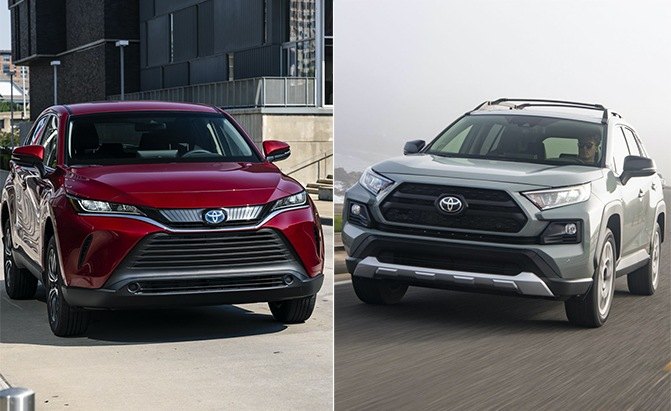

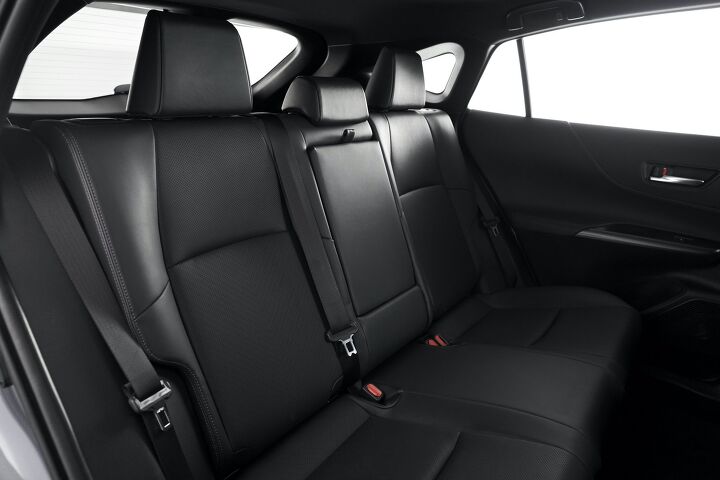


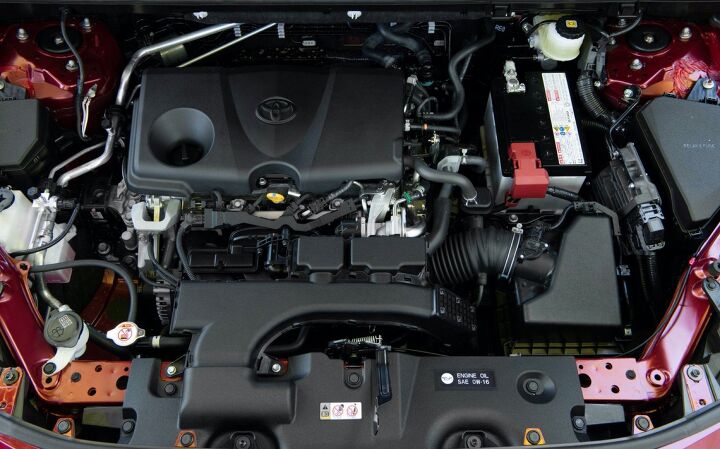

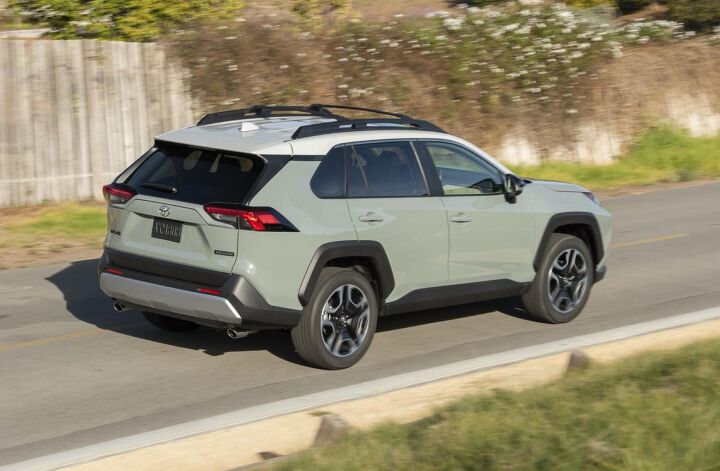



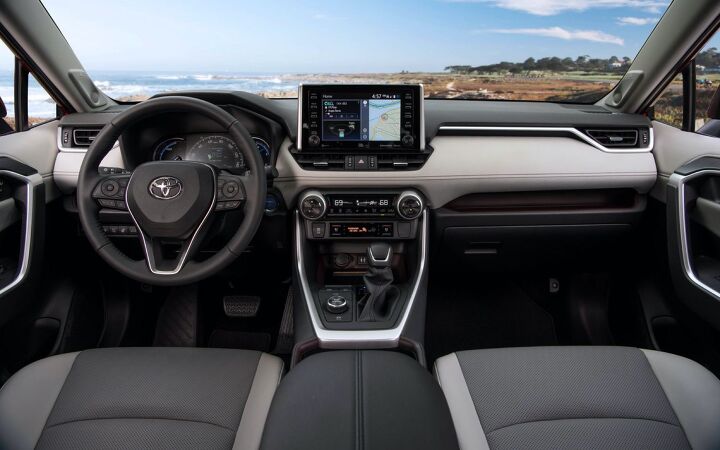



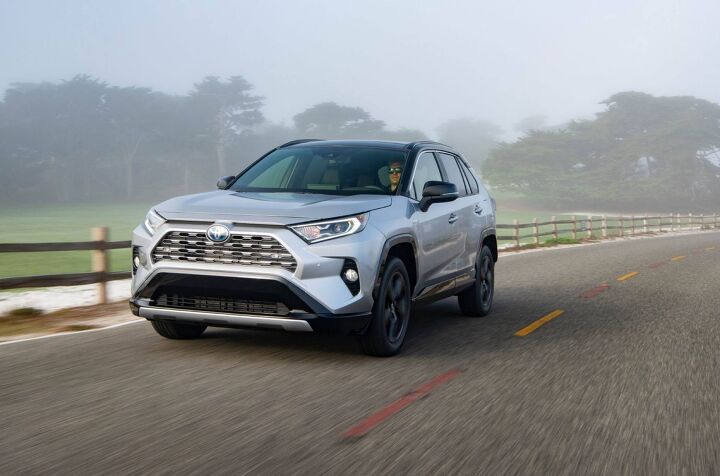














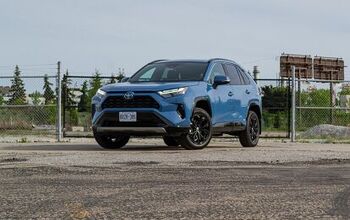






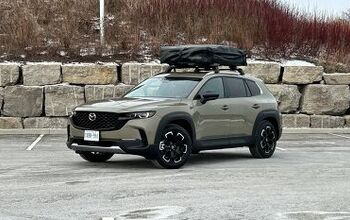
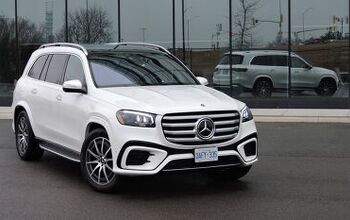

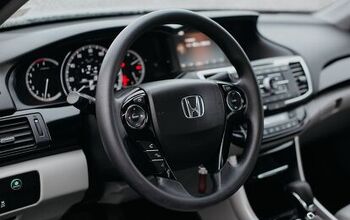
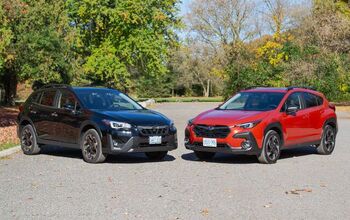
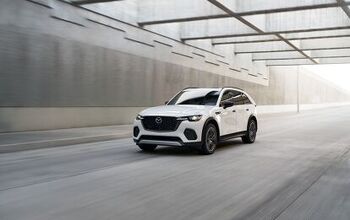

Comments
Join the conversation